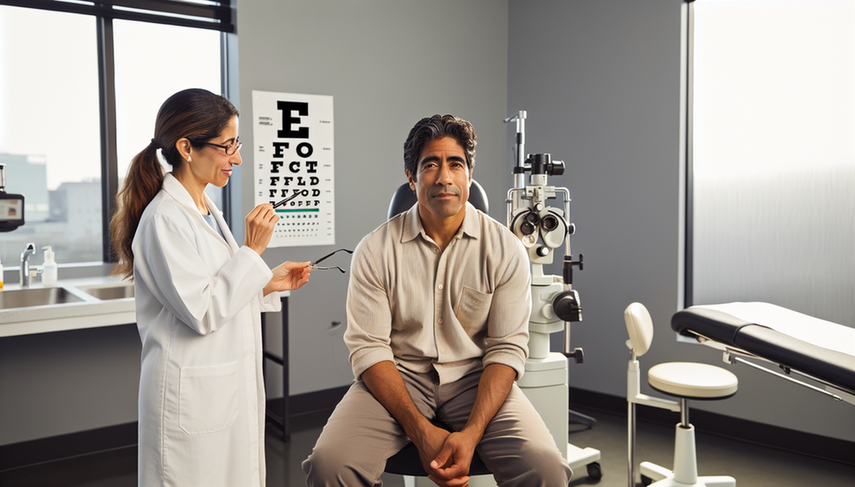Retinitis Pigmentosa: Early Symptom Identification and Differentiation from Other Retinal Dystrophies

Retinitis pigmentosa (RP) is a group of genetic diseases affecting the retina, leading to progressive vision loss. Identifying the early symptoms and differentiating it from other retinal dystrophies is crucial for early diagnosis and appropriate management. RP is characterized by night blindness and the loss of tunnel vision, symptoms that can be confused with other retinal conditions.
Diving Deeper into Identification and Differentiation
Early diagnosis of retinitis pigmentosa relies on identifying symptoms such as night blindness and reduced peripheral visual field. The electroretinogram (ERG) is an essential diagnostic tool that evaluates the function of photoreceptors and differentiates RP from other retinal dystrophies. A recent study highlighted the importance of the ERG in distinguishing between advanced hydroxychloroquine retinopathy and RP, showing differences in the responses of cones and rods [1].
Furthermore, the identification of specific genetic mutations through whole-exome sequencing has allowed for the differentiation of RP from other genetic conditions such as Usher syndrome and choroideremia, which may present similar symptoms [2]. The phenotypic variability in conditions like Jalili syndrome, which combines cone and rod dystrophy with amelogenesis imperfecta, also underscores the need for a comprehensive diagnostic approach [3].
A study on patterns of initial visual symptoms in hereditary retinal dystrophies showed that the age of onset and changes in visual acuity can provide additional clues for early differential diagnosis [4].
Conclusions
Early identification of retinitis pigmentosa and its differentiation from other retinal dystrophies is fundamental for clinical management and genetic counseling. The use of diagnostic tools such as the electroretinogram and genetic sequencing, along with a detailed clinical evaluation, is essential for accurate diagnosis. Understanding the phenotypic and genetic characteristics of these conditions will allow for better prognosis and the possibility of participation in future clinical trials.
Referencias
- [1] ERG and other discriminators between advanced hydroxychloroquine retinopathy and retinitis pigmentosa
- [2] Whole-exome sequencing reveals a novel CHM gene mutation in a family with choroideremia initially diagnosed as retinitis pigmentosa
- [3] Cone-rod dystrophy and amelogenesis imperfecta (Jalili syndrome): phenotypes and environs
- [4] Early visual symptom patterns in inherited retinal dystrophies
Created 13/1/2025
